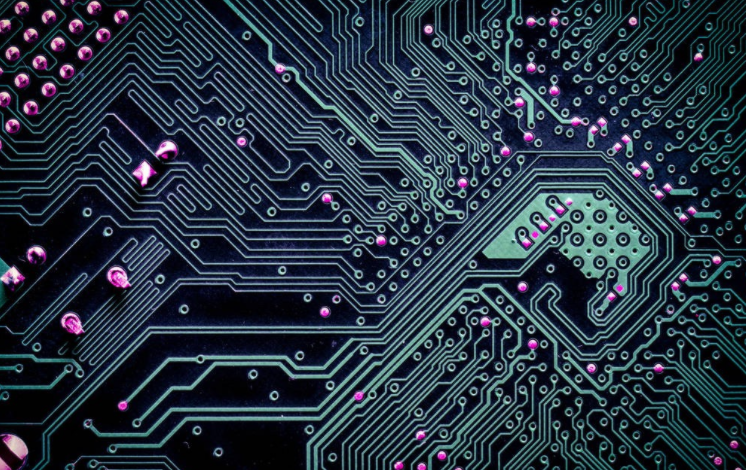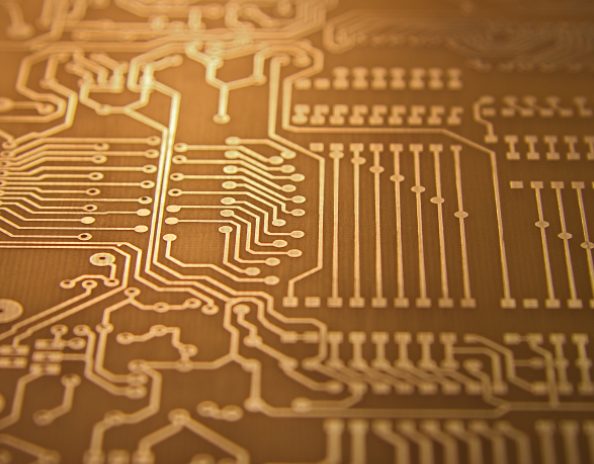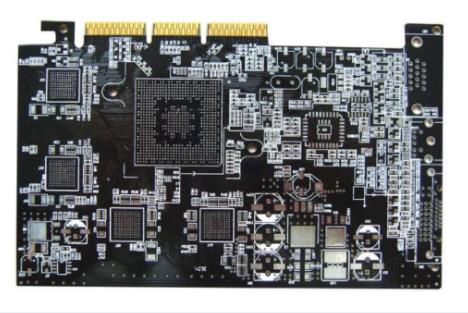
Electroplating Methods for Special PCB
This paper mainly introduces four special electroplating methods for PCB welding
The first type refers to electroplating
It is usually necessary to plate rare metals on board edge connectors, protruding contacts or gold fingers to provide low contact resistance and high wear resistance. This technique is referred to as array plating or projection plating. The protruding contacts of the board edge connector are usually plated with gold and the inner plating is nickel. The protrusion of the gold finger or plate edge is manually or automatically plated. At present, the gold plating on the contact plug or gold finger has been plated or led., Instead of electroplated buttons. The process is as follows:
1) Strip the coating and remove the tin or tin lead coating from the protruding contacts
2) Rinse with washing water
3) Scrub with abrasive
4) Activation diffusion in 10% sulfuric acid
5) Nickel plating thickness on protruding contacts is 4-5mm
6) Cleaning and softening water
7) Gold infiltration solution treatment
8) Gilding
9) Cleaning
10) Dryness
The second type, through hole electroplating
Circuit board

There are many ways to build an electroplated coating on the hole wall drilled on the substrate. This is called pore wall activation in industrial applications. The commercial production process of its printed circuit requires multiple intermediate tanks. The tank has its own control and maintenance requirements. Through hole electroplating is a necessary follow-up process in the drilling process. When the drill bit drills through the copper foil and the underlying substrate, the heat generated melts the insulating synthetic resin, molten resin and other drilling chips that make up most of the substrate substrate. These resins and drilling chips accumulate around the hole and are coated on the newly exposed hole wall in the copper foil. In fact, it is harmful to the subsequent electroplating surface. The molten resin will also leave a layer of hot shaft on the hole wall of the substrate, which has poor adhesion to most activators. This requires the development of a similar chemical technology for decolorization and etching.
A more suitable PCB prototype design is to use professional designed low viscosity ink to form a high adhesion, high conductive film on the inner wall of each through-hole With this kind of pipe, there is no need to use multiple chemical treatment processes, only one application step, and then heat curing can form a continuous film on the inner side of all hole walls, which can be directly plated without further treatment This ink is a resin based material with strong adhesion, which can easily adhere to the wall of most hot polishing holes, thus eliminating the back etching step
Type 3, drum connecting rod type selective electroplating
The pins and pins of electronic components, such as connectors, integrated circuits, transistors and flexible FPCs, all use selective electroplating to obtain good contact resistance and corrosion resistance. This plating method can be manual or automatic. It is very expensive to selectively plate each pin separately, so batch welding must be used. Generally, the two ends of the metal foil rolled to the required thickness are punched, cleaned by chemical or mechanical methods, and then continuously plated with nickel, gold, silver, rhodium, buttons or tin nickel alloys, copper nickel alloys, nickel lead alloys, etc. selectively. In the electroplating method of selective electroplating, first, a layer of corrosion inhibitor film is coated on the metal copper foil part that does not need electroplating, and only the selected copper foil part is electroplated.
Fourth type, brush plating
Another selective plating method is called "brush plating" This is an electrodeposition technology. Not all parts are immersed in electrolyte during electroplating In this electroplating technology, only limited areas are electroplated, and the rest are not affected Generally, rare metal printed circuit boards are plated on selected parts of PCB, such as edge connectors of circuit boards Brush plating is often used in electronic assembly workshops to repair discarded circuit boards Wrap a special anode (a chemically inactive anode, such as graphite) in an absorbent material (cotton swab), and use it to take the electroplating solution to the place that needs electroplating
The above is the explanation given by the editor of pcb circuit board company.
If you want to know more about PCBA, you can go to our company's home page to learn about it.
In addition, our company also sells various circuit boards,
High frequency circuit board and SMT chip are waiting for your presence again.







